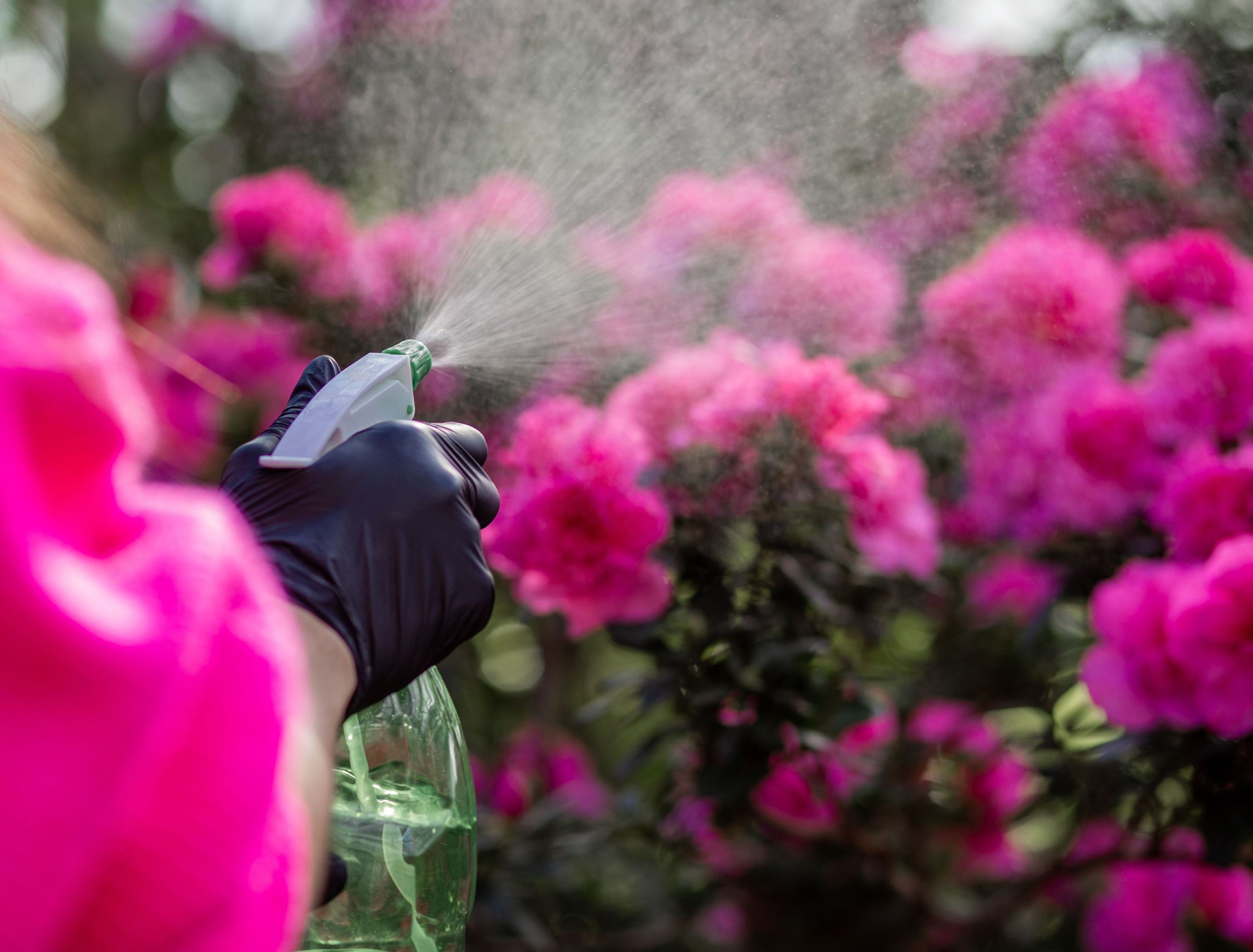What Plants Don't Like Epsom Salt and Their Alternatives
Wiki Article
Learn More About the Certain Plants That Are Negatively Impacted by Epsom Salt Application
Epsom salt, a preferred home treatment for numerous gardening problems, is often applauded for its helpful effects on plant growth. Understanding the specific plants that can be negatively influenced by Epsom salt is critical for any kind of garden enthusiast looking to enhance their plant care regimen.Roses

Roses, particularly conscious modifications in their environment, can be adversely influenced by the application of Epsom salt. While Epsom salt is frequently utilized as a fertilizer to advertise plant development and boost flowering, roses are one of the plants that do not react well to its application. The high magnesium material in Epsom salt can interfere with the uptake of various other important nutrients by the rose plants, leading to shortages that manifest as yellowing fallen leaves or stunted growth.
:max_bytes(150000):strip_icc()/GettyImages-1317990269-f9c37b77324f4095b1916657ff7b26fb.jpg)
Tomatoes
Tomatoes, known for their convenience in culinary applications, can show negative impacts when revealed to Epsom salt as a result of their certain nutrient requirements. While Epsom salt is typically touted as a remedy for different plant problems, consisting of bloom end rot in tomatoes, its application can result in destructive end results if not made use of judiciously. Tomatoes are heavy feeders that need a balanced consumption of nutrients, particularly calcium, to prosper. Too much Epsom salt, which is magnesium sulfate, can disrupt the delicate nutrient balance required by tomatoes, possibly leading to deficiencies in other necessary nutrients like calcium. This imbalance might show up in symptoms such as stunted growth, yellowing leaves, or even decreased fruit manufacturing in tomatoes. Therefore, when thinking about making use of Epsom salt on tomatoes, it is vital to comply with recommended application prices and dirt screening to avoid unintended consequences on the total health and productivity of these beloved garden plants.Peppers
Peppers, prized for their various colors and degrees of spiciness, can demonstrate sensitivity to unfavorable impacts from Epsom salt when not applied with care and factor to consider for their particular dietary requirements. what plants don't like epsom salt. Peppers, coming from the Solanaceae family members, call for a delicate equilibrium of nutrients to prosper. While Epsom salt is known to boost magnesium degrees in plants, excessive application can disrupt this stability, resulting in damaging impacts on pepper plantsWhen peppers are revealed to high degrees of magnesium from Epsom salt, it can disrupt the plant's ability to take in various other vital nutrients like calcium and potassium. This imbalance may manifest in signs and symptoms such as leaf discoloration, stunted development, and decreased fruit manufacturing. Additionally, the excessive magnesium can change the dirt pH, further aggravating nutrient uptake issues for peppers.

Rhododendrons
Given the level of sensitivity of certain plant species to discrepancies brought on by Epsom salt, it is important to consider the influence on Rhododendrons, which also require particular nutrient levels to flourish. Rhododendrons are acid-loving plants that like acidic dirt problems with a pH variety between 4.5 and 6.0. Epsom salt, chemically called magnesium sulfate, can change the dirt pH and interrupt the fragile equilibrium of nutrients vital for Rhododendron health and wellness.
To maintain the optimum development and health and wellness of Rhododendrons, it is important to avoid the unplanned use of Epsom salt and instead concentrate on giving the certain acidic dirt conditions and nutrients that these plants require for growing.
Azaleas
Azaleas, recognized for their lively blooms and wide variety of colors, are decorative bushes that come from the Rhododendron genus. These preferred flowering plants are often located in parks, landscapes, and yards due to their elegance and adaptability. Azaleas are sensitive to adjustments in dirt pH levels, which can dramatically affect their development and overall wellness. While Epsom salt is typically used as a solution for magnesium deficiency in plants, its application to azaleas can have negative effects.When Epsom salt is put on azaleas, it can alter the soil pH, making it more acidic. Azaleas favor slightly acidic soil problems, and an unwanted of magnesium from Epsom salt can disrupt this balance, bring about nutrient discrepancies and possible toxicity issues. The inaccurate application of Epsom salt can lead to stunted development, yellowing of fallen leaves, and overall decrease in the health of azaleas. It is essential to be careful when thinking about the use of Epsom salt on azaleas to stop any kind of adverse effects on these fragile decorative hedges.
Final Thought
Finally, it is necessary to be knowledgeable about the certain plants that can be adversely impacted by the application of Epsom salt. Roses, tomatoes, peppers, azaleas, and rhododendrons are some examples of plants that may not take advantage of Epsom salt and can also suffer damage. It is crucial to research study and comprehend the needs important source of each plant types prior to using Epsom salt as a fertilizer to guarantee their wellness and well-being.
Comprehending the details plants that can be negatively influenced by Epsom salt is essential for any type of garden enthusiast looking to maximize their plant care routine. While Epsom salt is generally utilized as a plant food to advertise plant development and boost flowering, roses are one of the plants that do not respond well to its application.Excessive usage of Epsom salt can also result in a build-up of salts in the soil, leading to root damage and dehydration of the rose plants. While Epsom salt is understood to enhance magnesium degrees in plants, too much application can interrupt this balance, leading to negative impacts on pepper plants.
The high salt web content in Epsom salt can additionally dry out Rhododendron origins, creating more tension and damage to the plant. (what plants don't like epsom salt)
Report this wiki page